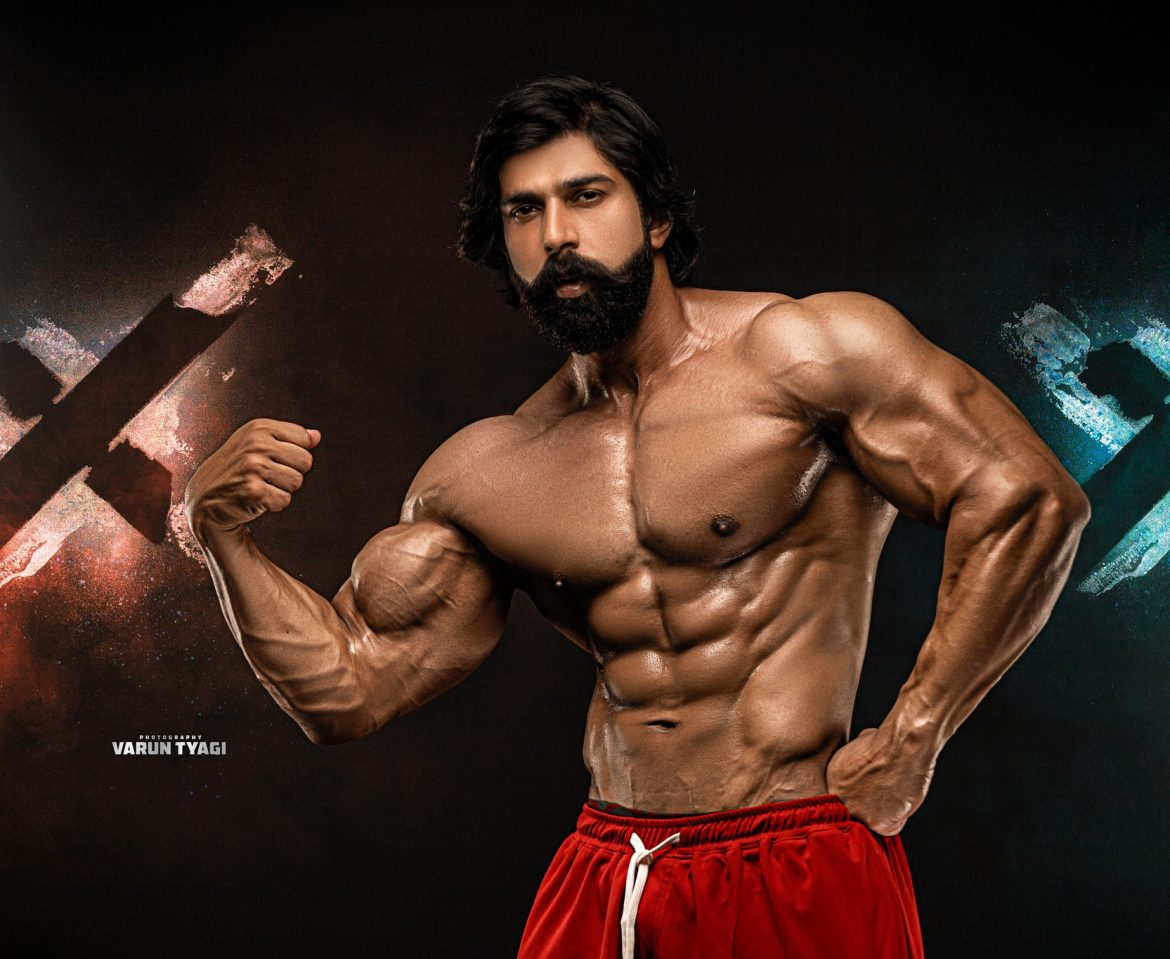
“The Ethics of Retouching: Balancing Realism and Artistry in Fitness Photography”
In the realm of fitness photography, the debate surrounding retouching and its ethical implications is a topic that requires careful consideration. While post-processing techniques can enhance the visual impact of an image, they also raise questions about authenticity and the portrayal of realistic fitness goals. This blog delves into the ethical dimensions of retouching, emphasizing the importance of finding a balance between realism and artistic expression in fitness photography.
1. Honesty and Authenticity:
Maintaining honesty in fitness photography is paramount. Images that represent achievable fitness goals and realistic body types resonate more deeply with viewers. Overly retouched images can create unrealistic expectations and contribute to body image issues.
2. Preserving Personal Identity:
Fitness photography should celebrate the uniqueness of each individual. Excessive retouching that alters the subject’s appearance can potentially erase their personal identity and journey. It’s important to respect and honor the hard work and dedication of the subject.
3. Empowerment Through Realism:
Realistic fitness images have the power to inspire and motivate. They showcase individuals working towards their goals, providing viewers with relatable role models. These images can be more effective in encouraging a positive approach to health and fitness.
4. Avoiding Unrealistic Ideals:
Overly retouched images can perpetuate unattainable beauty and fitness standards. This can have a negative impact on self-esteem and body image, especially for individuals striving to achieve an idealized physique.
5. The Artistic Element:
Retouching is a creative tool that allows photographers to enhance their artistic vision. When used judiciously, it can draw attention to specific details, highlight muscle definition, and emphasize the subject’s dedication.
6. Respect for the Subject’s Wishes:
Open communication with the subject is crucial. Some individuals may have specific preferences regarding retouching, whether they prefer a more natural look or are comfortable with a higher degree of editing. Respecting their wishes fosters trust and collaboration.
7. Subtlety and Skill in Editing:
The key to ethical retouching lies in subtlety and skill. Subtle enhancements can refine an image without drastically altering the subject’s appearance. Skilled retouching maintains realism while still allowing the subject to look their best.
8. Transparent Practices:
Being transparent about your retouching process is an ethical practice. It allows viewers to understand the extent of post-processing involved in creating the final image. This transparency builds trust with your audience.
9. Educating and Empowering Viewers:
Accompanying images with educational content can help viewers understand the effort, discipline, and time required to achieve fitness goals. It emphasizes that fitness journeys are individual and multifaceted.
10. Continuous Reflection and Improvement:
Photographers should engage in ongoing self-reflection regarding their retouching practices. This includes evaluating the impact of their work on viewers and considering how they can contribute to a more positive and realistic representation of fitness.
The ethics of retouching in fitness photography require a delicate balance between artistic expression and honesty. By prioritizing authenticity, respecting the subject’s wishes, and using retouching techniques judiciously, photographers can create images that inspire, empower, and promote a healthy and realistic approach to fitness. Striving for ethical retouching practices ultimately contributes to a more positive and inclusive fitness culture.
You may also like
Editing Techniques to Enhance Fitness Photos and Highlight Muscle Definition
Capturing the Strength: Tips for Shooting Powerful Fitness Portraits
Recent Posts
- Fitness Photography and the Rise of Artificial Intelligence: A Synergistic Future
- “Innovations in Fitness Photography: Trends and Technologies to Watch”
- “The Ethics of Retouching: Balancing Realism and Artistry in Fitness Photography”
- “The Impact of Colors and Wardrobe Choices in Fitness Photography”
- “Challenges and Solutions: Overcoming Common Issues in Fitness Photography”

